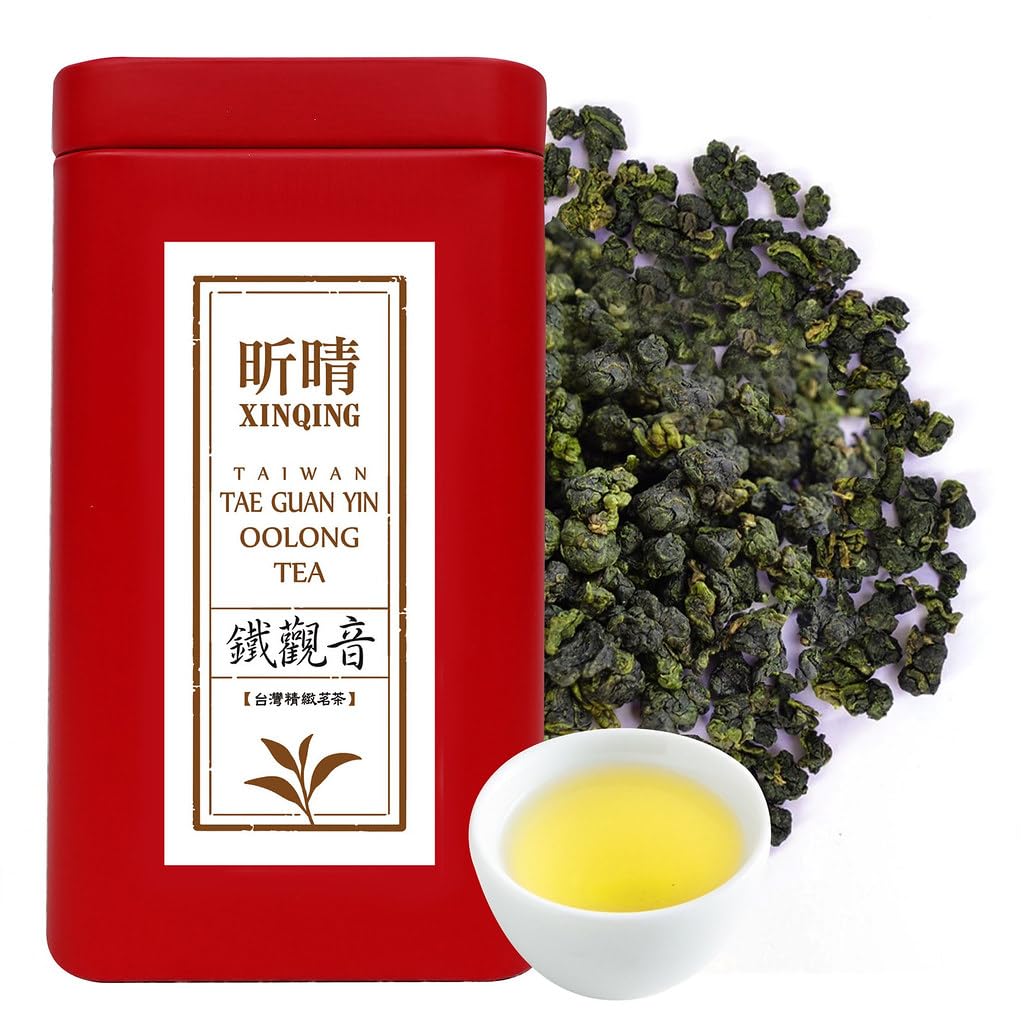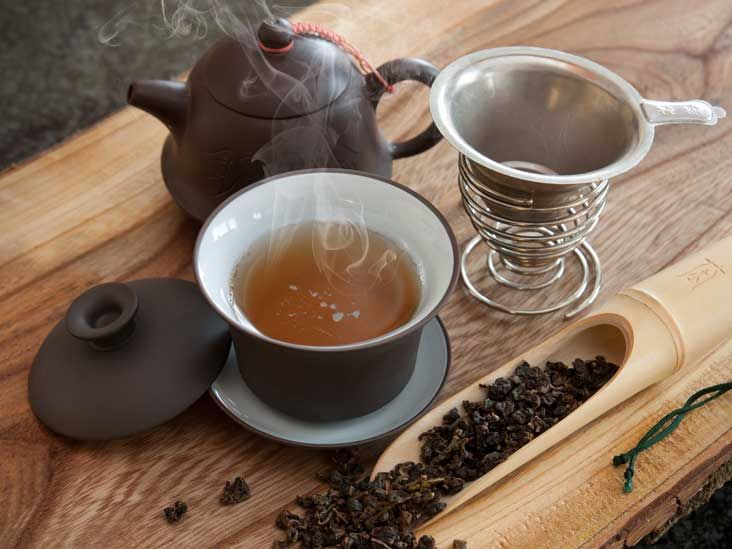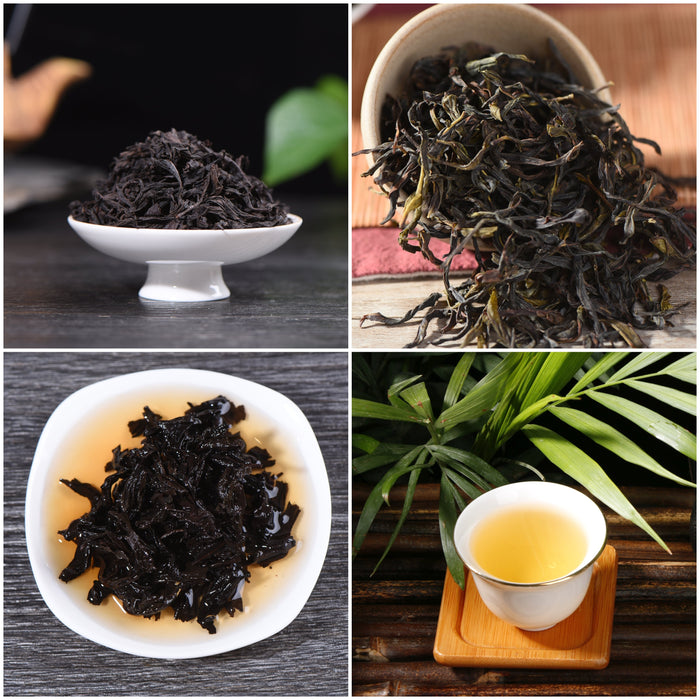chinese oolong tea
- Blog
- chinese oolong tea
herbal tea
Oolong tea, now that’s a tea that’s got a bit of a twist to it. You know, it’s not like the regular black or green tea you get from the shop. No sir, it’s what we call semi-oxidized, which means it sits right in the middle, like a happy medium between green tea and black tea. It’s got its own special way of being made and that makes it stand out from the crowd. Some folks swear by it for all sorts of things, like keeping their minds sharp or even helping with weight loss. But let’s not get ahead of ourselves—I’ll tell you all about it, step by step.
Now, oolong tea ain’t just something you can find anywhere. It comes from China mostly, and from a few other places like Taiwan. The tea leaves are picked, then they’re withered out in the sun for a bit to let ’em sweat, you know, before they go through a bit of oxidation. That’s when they start turning a little bit brown, but not all the way like black tea. Then they get twisted and curled into all sorts of shapes, kinda like how you twist a rope, and that’s when you know you’re getting the good stuff.
When you brew oolong tea, it’s a little different from just throwing a bag in a cup and pouring hot water over it like you would with black or green tea. Oolong needs a bit more attention. A lot of folks use a small pot called a gaiwan or a Yixing teapot—these are special, made for tea that’s a little more delicate. You gotta use more tea leaves than usual, and you pour just the right amount of water. It’s all about balance, you see? You don’t wanna drown the leaves, but you don’t wanna starve ’em either.
Health Benefits of Oolong Tea

People have been drinking this tea for ages, and they say it does all sorts of good things for ya. Now, I ain’t no doctor, but from what I’ve heard, it’s good for your cholesterol. Some folks even say it helps with weight loss, though I reckon it ain’t no magic potion—you still gotta put in the work. The best part? It’s said to be full of antioxidants, and we all know that helps keep us from rusting away like an old plow out back.
But that ain’t all. If you drink this tea, it might even give you a bit of a boost in your brain power. Helps keep you sharp, like a well-oiled axe. There’s some talk about it helping with things like high blood pressure, diabetes, and even some kinds of autism, though I gotta be honest, the science ain’t too clear on all that. But one thing’s for sure—it does have caffeine, just like coffee, but not too much. It’s a nice middle ground. You ain’t gonna be bouncing off the walls, but you’ll feel awake.
The Different Types of Oolong Tea
Now, just like any good thing in life, oolong tea ain’t one-size-fits-all. There’s different kinds, depending on where it’s grown and how it’s made. Take the Wuyi Mountains in Fujian, for example. That’s where some of the most famous oolong tea comes from. You got your big-leaf varieties there, like the Tie Guan Yin, which is known for being sweet and floral. On the other hand, in places like Taiwan, they got their own special kinds, like the High Mountain oolongs. These tend to be lighter and a little more delicate, like a soft breeze on a hot day.
Then, there’s the Anxi County in Fujian, where you get something called the “Iron Goddess” tea. It’s got a rich flavor, a little sweet, a little roasty, and some folks even say it has a taste of honey. Don’t ask me how they do it—I just know it’s good, and that’s all that matters.

How to Brew Oolong Tea
Like I said earlier, brewing oolong tea ain’t like just making a regular cup of tea. It’s more of a process, kinda like baking bread, where you gotta pay attention to the little things. First off, use water that’s not too hot—around 190°F to 200°F is just about right. If you boil the water, you’ll burn the tea leaves, and that’s a no-no. And make sure you use a good amount of tea leaves, usually about a teaspoon or so for every 6 ounces of water. You wanna give ’em room to float and expand, so don’t crowd the leaves like they’re a bunch of chickens in a coop.
Now, when you steep the tea, don’t leave it in too long. A minute or two will do. If you like a stronger taste, you can let it go a little longer, but be careful. It’s like cooking beans—you don’t wanna overdo it. You can even re-steep oolong leaves a few times, and each time, the flavor’s gonna change a little, just like a story that gets retold over and over.
Final Thoughts
So, there you have it, oolong tea in a nutshell. It’s a good drink, and it’s got some real benefits if you’re looking to keep your body and mind in tip-top shape. It’s not as strong as black tea, but it’s got more character than green tea. Whether you’re using it for health reasons or just because it tastes good, I reckon it’s worth giving it a try. Just remember—take your time, brew it right, and enjoy the little things in life.

Tags:[Chinese Oolong Tea, Oolong Tea Benefits, Oolong Tea Brewing, Types of Oolong Tea, Antioxidants in Oolong Tea, Health Benefits of Oolong Tea]
© Copyright 2025 Qianwei Tea | Theme developed by sitemap